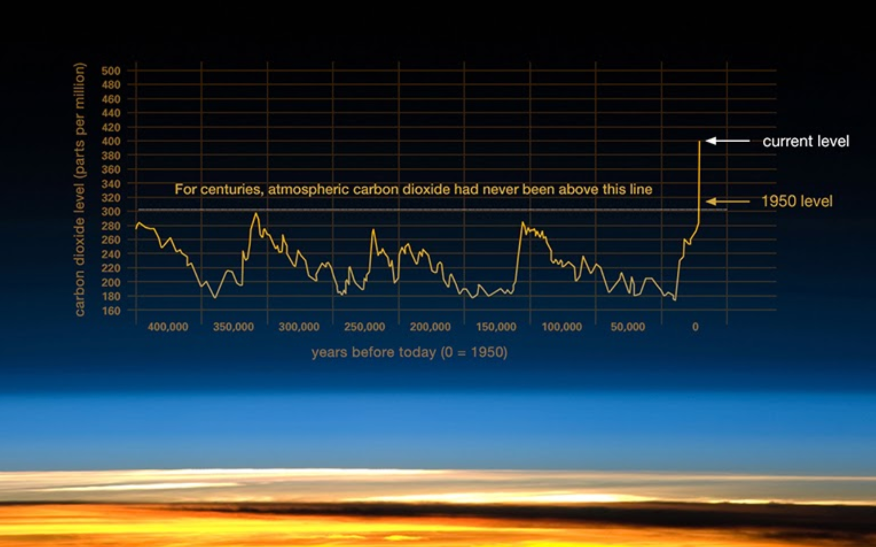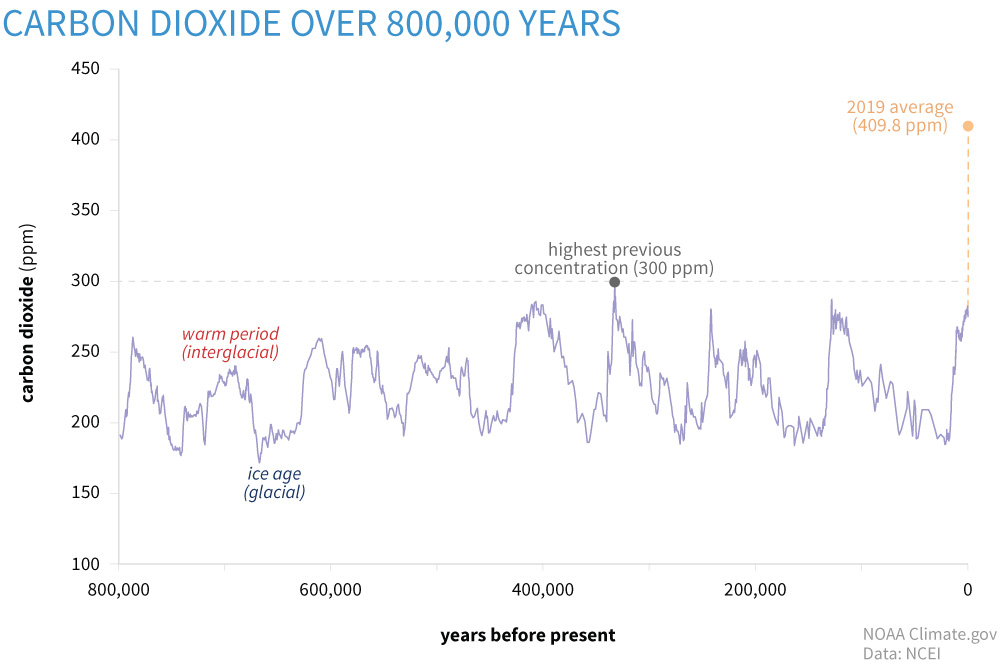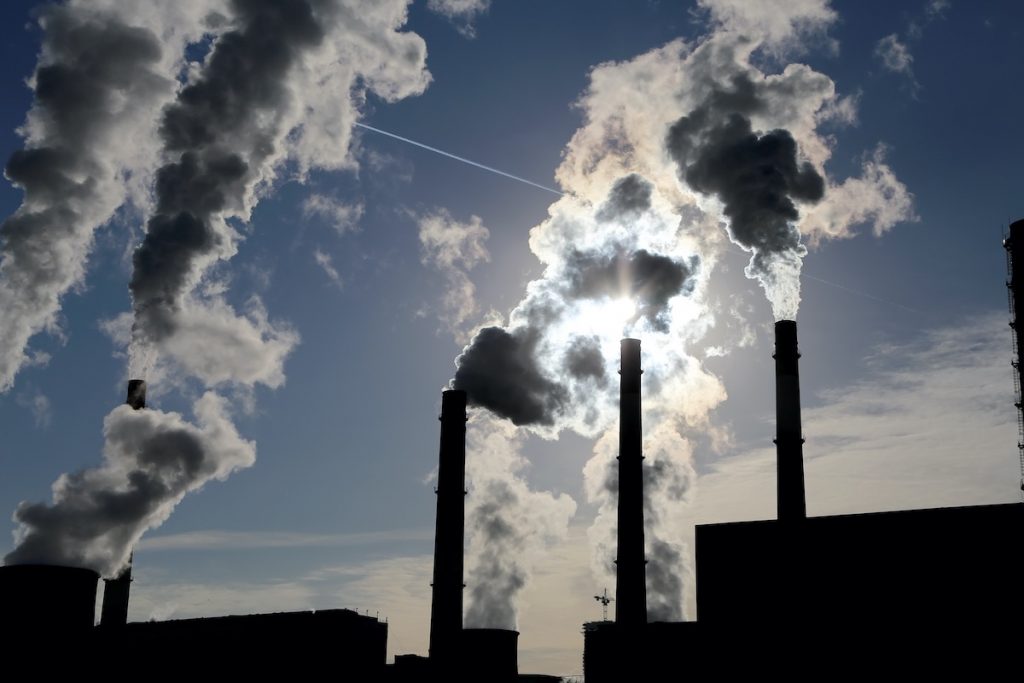As you may have noticed, we’ve added a number next to the tree count in the footer of the AnswerConnect website.

That number probably doesn’t mean much to you, but it should. That number denotes the amount of carbon in our atmosphere in ppm.
What is ppm?
Ppm refers to parts per million. It’s used as a method of measurement to express the concentration of a substance in proportion to an overall substance. The atmospheric ppm of CO₂ refers to the number of carbon particles in our atmosphere.
Right now, that number is dangerously high.

CO2 ppm in context
To put it into context, the carbon level before the Industrial Era was around 280 ppm. Just 300 years later, global atmospheric carbon dioxide has reached 416.46 ± 0.1 ppm. So what does that mean exactly?
To give you a sense of where we’re at; that’s the highest atmospheric CO₂ levels have been in more than 3 million years. Back then, the global average temperature was 2°–3°C (3.6°–5.4°F) higher than during the pre-industrial era, and sea levels were 15–25 meters (50–80 feet) higher than today.
And this is no natural process. The earth does go through phases of heating and cooling, but humans have exacerbated the cycle and created something far from ordinary. The annual rate of increase in atmospheric carbon dioxide over the past 60 years is about 100 times faster than previous natural increases.

What can atmospheric co2 ppm tell us about the planet?
We have various means of measuring the current condition of the planet.
- Sea levels and ocean temperatures
- Polar ice coverage
- Forest coverage and rates of deforestation
- The various pollutants measured by the Air Quality Index (including carbon monoxide, sulfur dioxide and nitrogen dioxide).
And, of course, CO₂ ppm levels.
So what’s driving the rise in carbon dioxide concentrations? It’s no secret; the fossil fuels we burn for energy. Fossil fuels like coal and oil contain carbon.

CO₂ has always existed in the atmosphere, but it’s absorbed by the plants and trees. When those plants and trees die (indeed any organic life form), they become biomass.
Over millions of years, that biomass becomes coal and oil. By pulling these fossil fuels out of the ground and burning them, we release the CO₂ back into the atmosphere.
We are returning that carbon to the atmosphere faster than the planet can handle, leading to increasing temperatures, rising sea levels and diminishing air quality.
The Very Real Danger of Global Heating
Climate change is real, and it’s happening right now.
- Typhoons are devastating parts of Southeast Asia, leaving areas more vulnerable to landslides, tsunamis and other natural disasters.
- Mass flooding is rendering parts of the planet uninhabitable. Many of the most vulnerable areas are in the global south, but we are all in danger of its effects.
- Every year, wildfires in the United States set new records for their scale, frequency, and intensity.
- Polar ice caps and other areas of arctic tundra are melting rapidly. Many of these areas also hold methane deposits within their ice, meaning they release gasses into the atmosphere as they melt.
The climate crisis is unfolding before our eyes.
Still, trying to express the urgency of a problem to a world in which the dangers aren’t always immediately apparent is a huge challenge.
It’s Getting Hot in Here

Ever hear the story about the boiling frog? The frog hops into a pot of boiling water, immediately feels the shock of the heat, and hops out again.
But when that same frog jumps into a pot of tepid water, it doesn’t realize the danger. Slowly but surely, the water begins to boil. Still, it doesn’t move. It doesn’t recognise the threat until it’s too late.
If our planet continues to heat, it will become the pot. And we’ll all be boiling frogs.
What can we do to reduce the ppm count?
If we’re to begin taking decisive action on the climate crisis, we have to understand where we are.
We want to make it clear that it is affecting us, every single day. That’s why we’re including a carbon level update in place of the day’s date on everything we publish.
Since launching, our Co² PPM count has risen from
390.13 in 2011
To 416.46 today
But we can all help off set our collective ppm count – and that starts with awareness.
Find out more about how we’re working to offset our carbon footprint:



